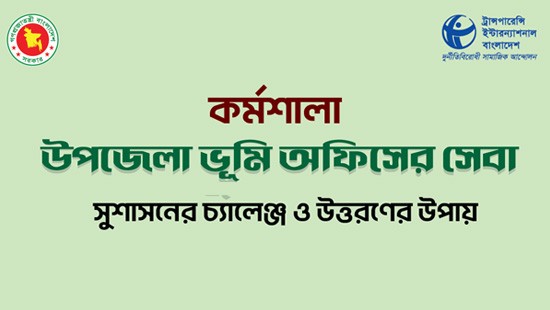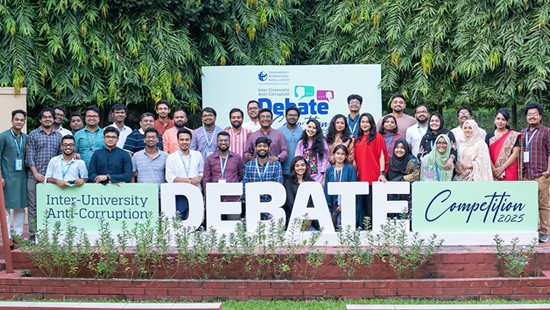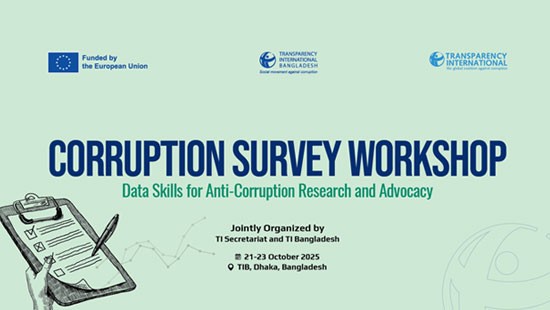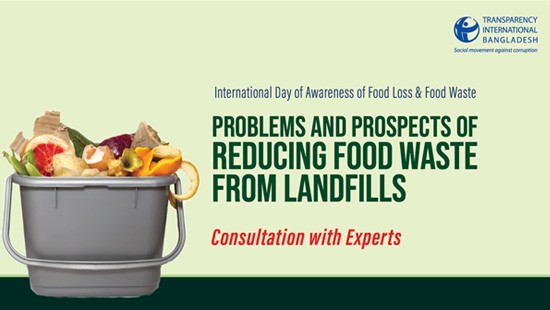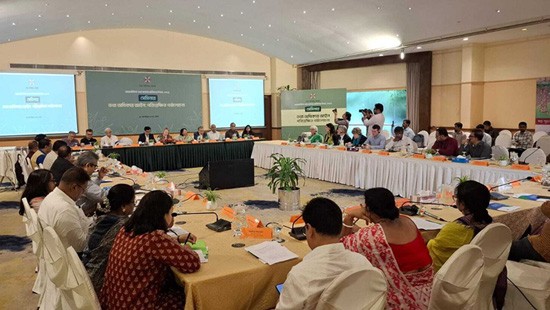Published: 25 September 2023
A decade after the launch of the electronic-Government Procurement (e-GP) system, Transparency International Bangladesh (TIB) reveals significant challenges undermining the system's core objectives of transparency and competitiveness in public procurement. The TIB's latest study, titled "e-Government Procurement in Bangladesh: A Trend Analysis of Competitiveness," exposes alarming trends in the public procurement landscape, as corrupt entities exert control over the market.
Collusion and the Decline of Competitiveness
Since 2012, over BDT 600 billion (6,000 crore Taka) in government work orders have been awarded to contractors through single bids, raising suspicions of collusion among corrupt parties within the system. This revelation has severely constrained competitiveness in public procurement, with the e-GP system falling short of its intended goals.
Data-Driven Insights

The TIB study analyzed more than 4.5 lakh work orders from government open data on procurements spanning from 2012 to 2023. Mohammad Tauhidul Islam, Coordinator of the Outreach & Communication Division of TIB and data visualisers K.M Rafiqul Alam, and Rifat Rahman presented their findings at a press conference in Dhaka, shedding light on critical issues within the e-GP system.
Market Domination by a Few
Analysis of the data indicates that more than 99 percent of work orders in the e-GP system are valued under BDT 25 crore, revealing that large-scale government contracts still evade the centralized procurement system.

Meanwhile, the top 5 percent of contractors have significantly increased their market share over the years.
Market Distortions and Limited Tender Methods (LTM)
Limited Tender Methods (LTM) have become more popular than Open Tender Methods (OTM), further complicating the procurement landscape. For every open tender, there are approximately 3.53 tender submissions, whereas there are 47.75 submissions for limited tenders. TIB's analysis highlights that almost 65 percent of contracts under open tender methods have fewer than four submissions, potentially stemming from government rules that distort the market.
Alarming Rise in Single Bids

One out of every five contracts under the e-GP system was awarded via single bids, with one out of four contracts under open tender methods sharing the same fate. This worrisome trend of single bid procurements, which has increased since 2021, exposes collusion among corrupt parties and threatens the e-GP system's integrity.
TIB's Call for Action
Dr. Iftekharuzzaman, Executive Director of TIB, expressed concern about the situation, emphasizing that the e-GP system was designed to enhance competitiveness and improve the quality of work but has been hijacked by corrupt elements. He stated, "The market has been captured and monopolized. As a result, the public is not reaping the benefits of low-cost, high-quality competitive procurement."
Regional Disparities

The study also highlights regional disparities, with certain districts, constituencies, and city corporations being more susceptible to single-bid procurements.
Dr. Iftekharuzzaman underscored the importance of data analysis in identifying weak points within the system, stating, "A three-way collusion between procurement authorities, politically backed personas, and contractors has monopolized the public procurement system. We believe that the government can take appropriate action by identifying weak points in the system by analyzing data sets like these."
This trend analysis study marks a significant milestone for TIB, utilizing open data analysis tools such as Python, Power Query, DAX, and PowerBI for the first time. The full study can be accessed here, offering a comprehensive exploration of the challenges facing Bangladesh's public procurement system.
TIB remains committed to its mission of promoting transparency and accountability in Bangladesh and will continue its efforts to address these critical issues in the public procurement sector.


